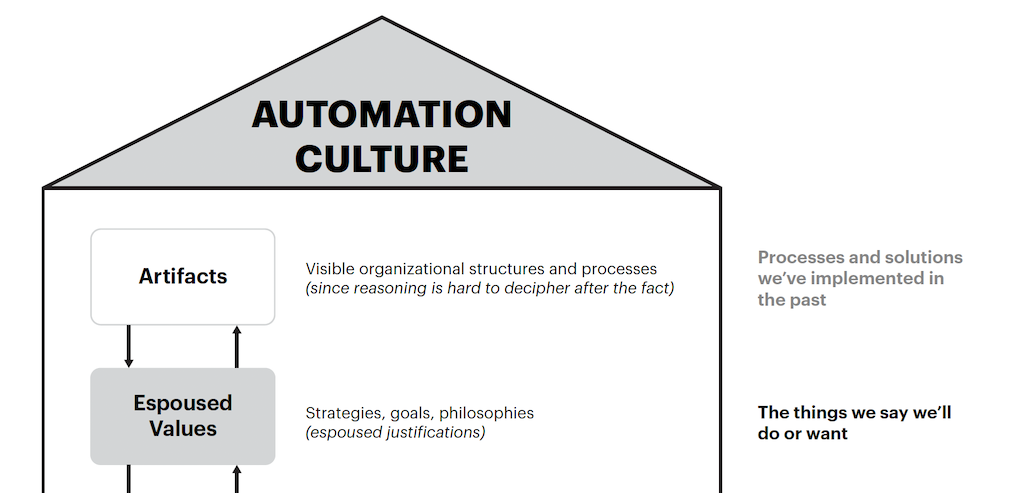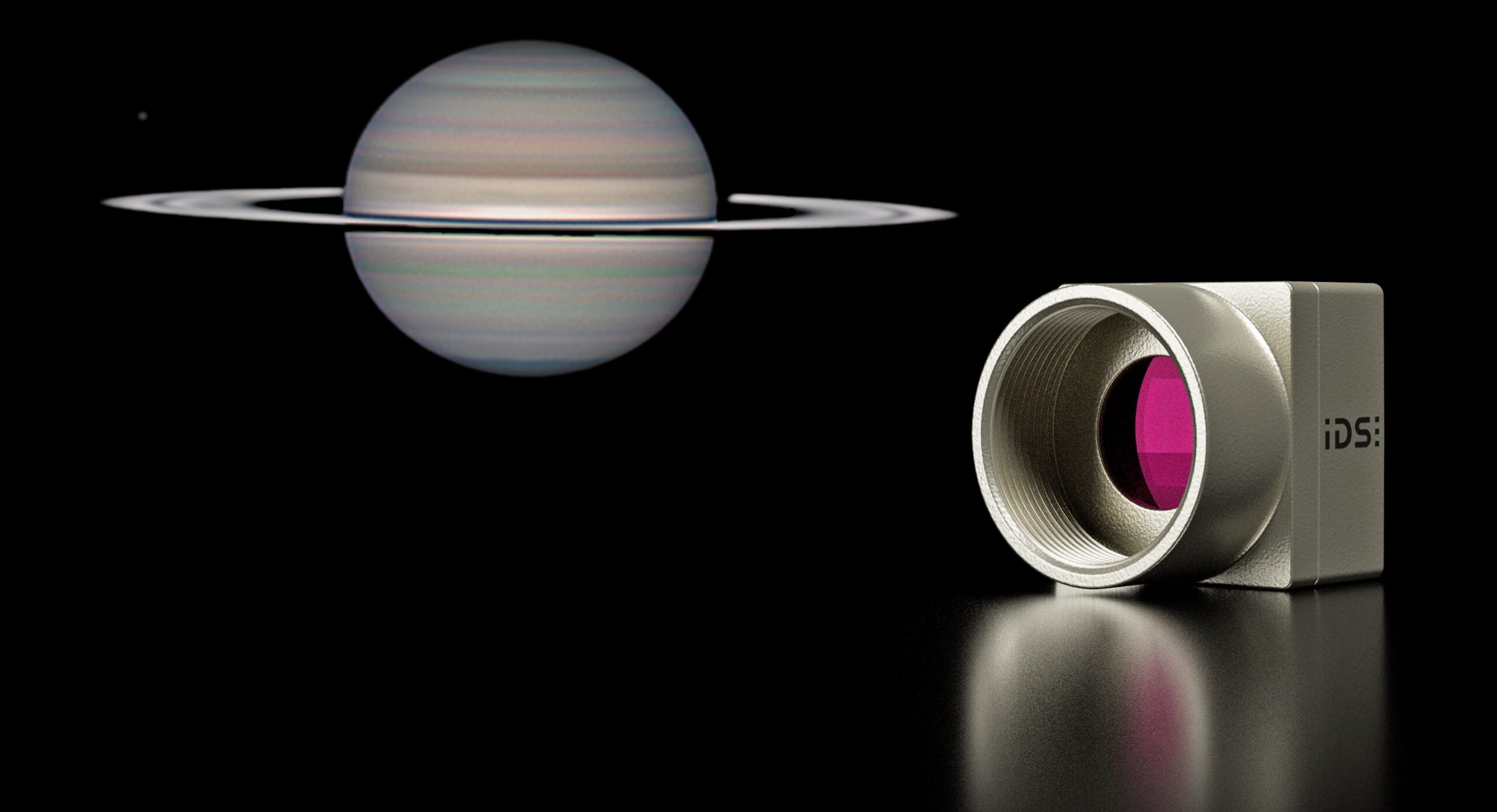Strain gauge-based sensors have a wide variety of uses, tolerance for the oil and gas industry.
Combining high stability and accuracy with robust mechanical properties, bonded foil strain gauges have earned a dominant role in sensor applications in the oil and gas industry. As with any sensor technology, however, environmental factors such as temperature and humidity can affect these devices, introducing measurement drift in applications that require accurate, stable sensor performance. Through careful selection of sensors and associated materials, however, engineers can mitigate causes of drift in these devices and rely on them in diverse applications that depend on reliable measurement of load, torque, tension, and pressure.
The characteristics of bonded foil strain gauges
Bonded foil strain gauges take advantage of the piezoresistive effect, where the resistance of a conductor changes in response to mechanical strain. In these devices, metallic foil is arranged in a grid pattern and bonded to a thin carrier in a manner designed to enhance the effect of mechanical deformation in changing the resistance of the foil conductor. When the device is attached to an object, the foil resistance changes in proportion to the magnitude of the forces acting on that object. By carefully monitoring that change in resistance, sensor systems based on these devices can provide accurate measurement of forces acting on equipment and structures.
Their ability to operate accurately under heavy loads in harsh environments make bonded foil strain gauges ideal for the oil and gas industry. These devices play a critical role in ensuring optimal operation and safety in high-stress applications including pump-off control and polished rod-end load cells on well pumpjacks (also known as reciprocating rod-lift pump systems) and deadline anchor load cells. Their robust characteristics can also be used in high-pressure applications including hammer union pressure transducers as well as liquid and gas pressure measurements on equipment such as diesel engines, hydraulic power units (HPUs), and nitrogen pumping units.
Furthermore, foil strain gauges are unique in their ability to address the widest possible range of loads. Unlike other transducer types, these devices can be easily scaled to provide force transducers in the MN range, torque transducers in the mNm range, and ultra-high pressure transducers in the GPa/KPSI range. This wide variety of sensors allows engineers to apply a sensor solution appropriate to the stresses observed in the application and to meet requirements for extended service lifetime.
Addressing measurement drift for strain gauges
With their exceptional long-term stability, these devices are ideal for use in extended operations in harsh environments found in the oil and gas industry. Nevertheless, without careful attention to device selection and use, excessive ambient temperatures can impact the characteristics of these devices and result in measurement drift, particularly in oil and gas applications where ambient temperatures can reach 400° to 500° F.
Temperature-dependent drift in these devices can arise from multiple sources including the nature of the material itself. Resistance changes as temperature changes according to the temperature coefficient of resistance (α) of a material. Accordingly, changes in ambient temperature can directly impact the resistivity of the conductor material. Still, few applications are likely to experience the kind of rapid, massive swings in ambient temperature that would result in significant drift strictly due to this effect.
In most applications, however, changes in ambient temperature can cause thermal expansion and contraction in the object under test—and in the strain gauge itself. Because the resistance of the strain gauge foil grid will change in response to these thermally induced mechanical changes, sensor system measurements will drift accordingly. This effect can be even more pronounced in situations where the object under test and the strain gauge respond opposite to variation in ambient temperature—that is, when the thermal expansion coefficients of the object and gauge are significantly different.
Manufacturers address this source of drift by providing strain gauges optimized for different target materials. By using different alloys, manufacturers can match the temperature response of the strain gauge with that of the target material. Using this approach, manufacturers offer devices designed for materials such as ferritic steel with a thermal expansion coefficient of 10.8 • 10-6/K or aluminum at 23 • 10-6/K. In fact, engineers can find families of these "self-compensated" strain gauges that offer identical geometries and resistance but include devices specifically designed to match different target materials.
Use of unsuitable adhesives and improper bonding of strain gauges to target objects can exacerbate this problem. In the oil and gas industry, for example, using adhesives rated for a lower temperature can lead to drift and even eventual failure if the bond itself fails. Furthermore, use of adhesives with a thermal expansion coefficient that is not well matched to the strain gauge and target object can add to thermal-induced strain and associated measurement drift.
Drift compensation solutions
Use of self-compensated strain gauges and proper attachment techniques help minimize temperature-dependent effects but do not entirely eliminate them. To further reduce their effects, sensor designers can use strain gauges built with two or four grids on a single device. Designed for use in half- or full-bridge configurations, the grids on these devices are mounted on the same material and experience the same changes in temperature. Because temperature-dependent changes in resistance are identical across all grids on the device, the ratio of their resistance does not change with changes in ambient temperature, and the bridge yields a temperature-independent result.
Besides ambient temperature, other factors can cause drift in bonded foil strain gauges. This type of resistance-based transducer requires application of an external current across the device to enable measurement of a corresponding output voltage. By applying a higher excitation current, engineers can create higher output voltages for applications that require greater measurement sensitivity and a higher signal to noise ratio. At higher excitation current, however, self-heating effects can arise within the device and create an additional source of measurement drift.
Changes in the resistance of lead wires can also result in additional drift. Because the temperature coefficient of resistance of a lead-wire conductor such as copper is typically much higher than that of strain gauges, the impact of lead-wire resistance changes can introduce significant errors despite their low resistance.
Other factors such as mechanical damage, humidity, or corrosion can also introduce drift. These environmental effects are a constant threat in the oil industry in particular, where high-pressure wash down is used to clean equipment. Engineers can mitigate these problems by encapsulating sensors with specialized materials including lacquers, putties, and epoxies. For applications operating in particularly harsh environments, hermetically sealed enclosures may be required to protect sensitive strain gauges and associated electronics.
Along with using of full- and half-bridge sensors, careful selection of strain gauges, bonding adhesives, and encapsulation materials can significantly minimize drift. For applications that are unable to tolerate even the slightest drift, engineers can use computational methods to further compensate for temperature effects. Bonded foil strain gauges offer a unique combination of range, accuracy, and stability required in harsh environments common in the oil and gas industry. As with all transducers, these devices can exhibit temperature-dependent effects that result in measurement drift. By careful device selection and attachment to the object under test, however, engineers can reduce drift—and effectively eliminate it with the use of compensation techniques to deliver highly accurate, reliable measurement of load, torque, tension, and pressure in oil and gas applications.
Will Bowden covers both the energy and robotics industries for HBM Inc.



